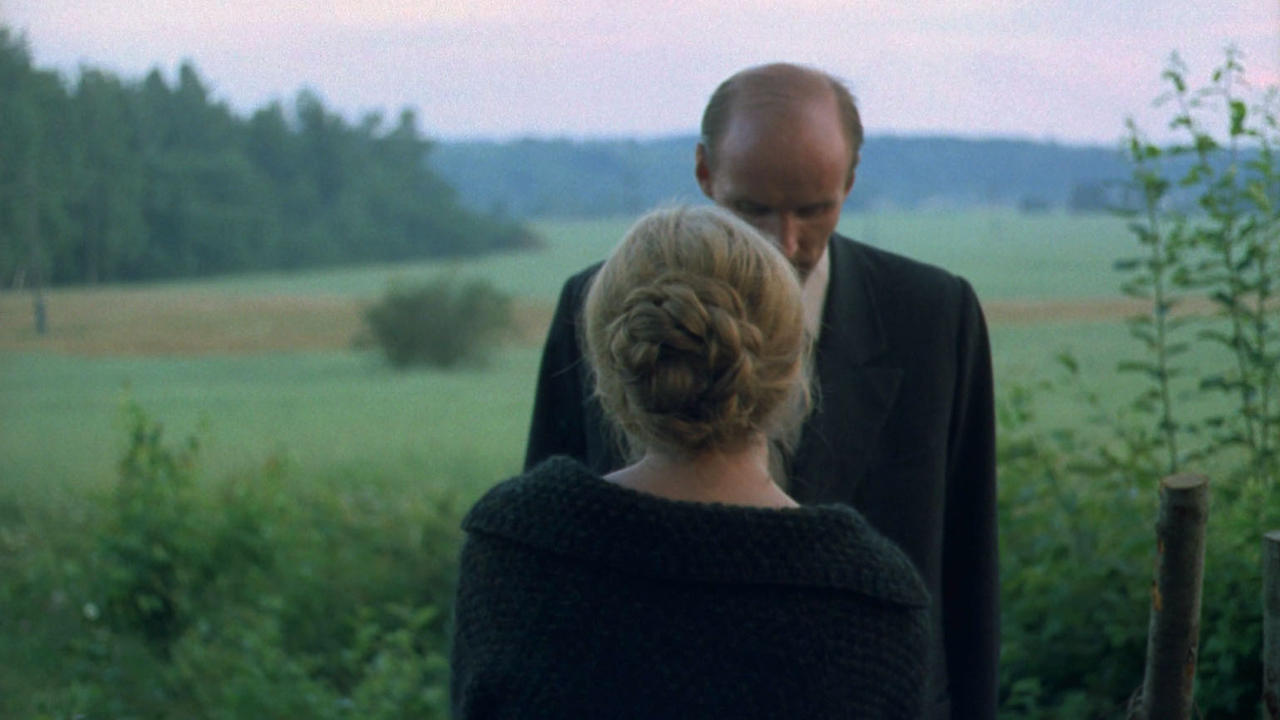
Let’s face it – slow cinema can be a tough genre to introduce ourselves to, and even harder if you don’t know where to start. Diving in the deep end can be rather painful – definitely don’t start with the likes of Melancholia (Diaz, 2008) or Satantango (Tarr, 1994) unless you’ve prepared yourself for a slow, albeit riveting, day.
In the name of playing a part in continuing to popularise the genre that seemed to really explode throughout the 2010s with the newfound worldwide recognition for the likes of Apichatpong Weerasethakul and Lav Diaz, as well as those who had been working on slow cinema for decades already (look to James Benning or the absolutely beautiful short films of Peter B. Hutton), here is a list of ten films that aren’t too demanding to ease you in to the genre a little more gracefully. It has been placed into an order based on how easy of a watch it is, but of course that also largely comes down to personal preference. No further ado – here goes:
1. Night Moves (Kelly Reichardt, 2013)
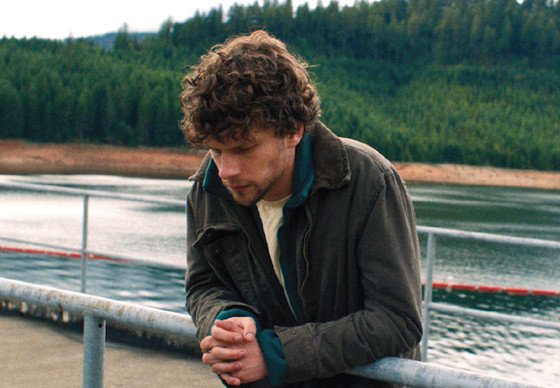
Kelly Reichardt has spent almost her entire career working within the parameters of slow cinema, so any one of her films could have logically gone here. Old Joy isn’t difficult to get into as it is only 75 minutes in length, Wendy and Lucy is hypnotic thanks to the excellent central performance from Michelle Williams, etc. but Night Moves is a little different as it is a slow cinema thriller, something found quite rarely as the style tends to be at odds with the genre. Not in this case, though, as Reichardt manages to bring everything to life in a frightening way, dwelling on the set up before making the main event of the film really quite short.
Reichardt takes advantage of her slow cinema knowledge in Night Moves to make it truly uncomfortable in its realism, those long takes becoming eerie as the audience becomes antsy waiting for the next thrill to give them a sure kick. Jesse Eisenberg gives one of his best performances, and is supported by a brilliant cast in general, but the shining star in this case is Reichardt’s handling of the screenplay and the cinematography (the cinematographer for the film was Christopher Blauvelt, known for work with Reichardt, Van Sant, Sofia Coppola, etc.) that manages to be both voyeuristic/observational and intensely discomforting. The editing is excellently sharp, too, leaving each shot to hang for just long enough to the point that you wonder if something may happen, only for it to cut almost every single time.
2. Gerry (Gus Van Sant, 2002)
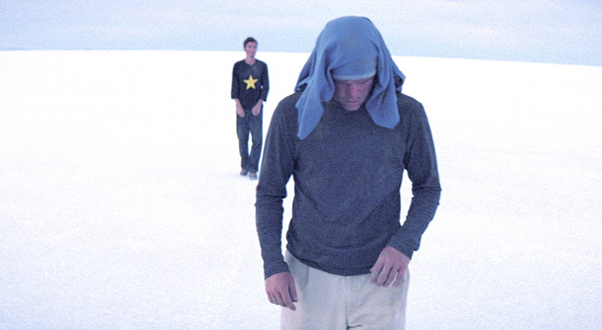
The most generally recognised of the slow cinema style albums that Van Sant did was certainly his version of Elephant that became controversial in 2003 due to its portrayal of the climactic event that won’t be spoiled as well as its unique style, however, Gerry may be the better film to watch for those daring to dip their toes into the engulfing sea that is slow cinema as a style or genre. Starring Matt Damon and Casey Affleck both as the titular Gerrys, who find themselves lost in a desert after straying from the pathway they were supposed to follow in the name of adventure.
Van Sant’s distant and quietly observational camera watches helplessly as the two try desperately to figure out how to get back to their car or the pathway, climbing mountains for vantage points only to find that all of their energy is being wasted. The level of helplessness very quickly becomes overwhelming, and Van Sant’s approach to this thrilling issue being as laid back as it is in terms of form makes for a contrast that makes the film so much more interesting than if any other style had been used. The consistent use of huge, never-ending static shots of empty deserts is simultaneously stunningly beautiful and absolutely petrifying, and the two charismatic leading performances help to ease the audience in to the slow and unique style.
3. Beau Travail (Claire Denis, 1999)
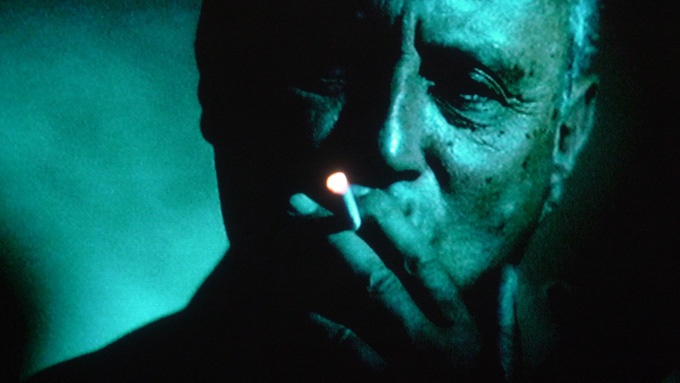
Claire Denis only recently became far more popular thanks to the release of her first English language film through A24’s High Life in 2018, however her career has been full of incredible work since she started in the 1980s. Beau Travail stands out slightly above the rest, though, and focuses on Denis Lavant (maybe most known for starring in Carax’s Holy Motors – also a phenomenal film!) as Galoup, recalling his time as a military officer until the arrival of a new recruit called Sentain starts to disturb his otherwise very scheduled and maintained life.
With a focus on bodies and movement that is as gorgeous as either have ever been, Beau Travail is one of the most visually striking and memorable films ever made, one that using its beautiful landscapes and characters to juxtapose the harsher emotional realities that Galoup is becoming adjusted to in the present. With one of the greatest final scenes ever put to film, the film ties itself together in a way that few others can, and is surely one of the best films ever made. An absolute must watch.
4. L’Avventura (Michelangelo Antonioni, 1960)
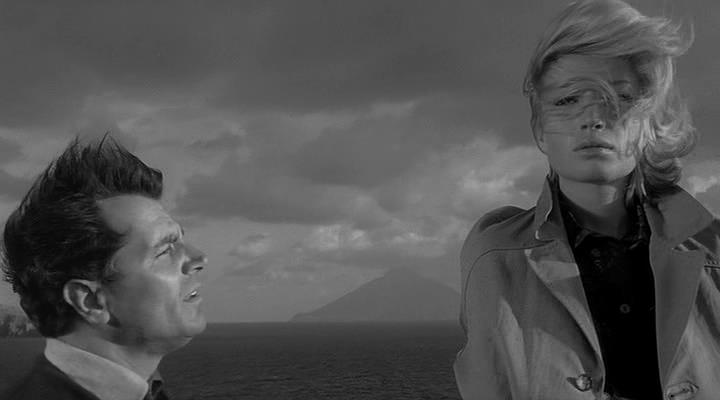
Antonioni may not be the most known for slow cinema, but he definitely toyed with the pacing of his films enough to warrant some looking into on the topic. L’Avventura is one of his most interesting films, too, marking a certain shift within his focuses from neo-realism over to the more poetic style that he would follow up until Blow-Up some years later. Although Red Desert is arguably a better film, there’s no denying the distinct power that L’Avventura has – an eerie mystery that leaves the viewer hanging in purgatory for what feels like forever.
It’s a phenomenal film, one with a fantastic score and even better cinematography (maybe some of the best of all time!) helped even further by Antonioni’s assured direction and the performances (especially that of Monica Vitti!), and one that deserves a lot of credit for inspiring many of the traits that slow cinema would come to embody further down the timeline of cinema.
5. La Cienaga (Lucrecia Martel, 2001)
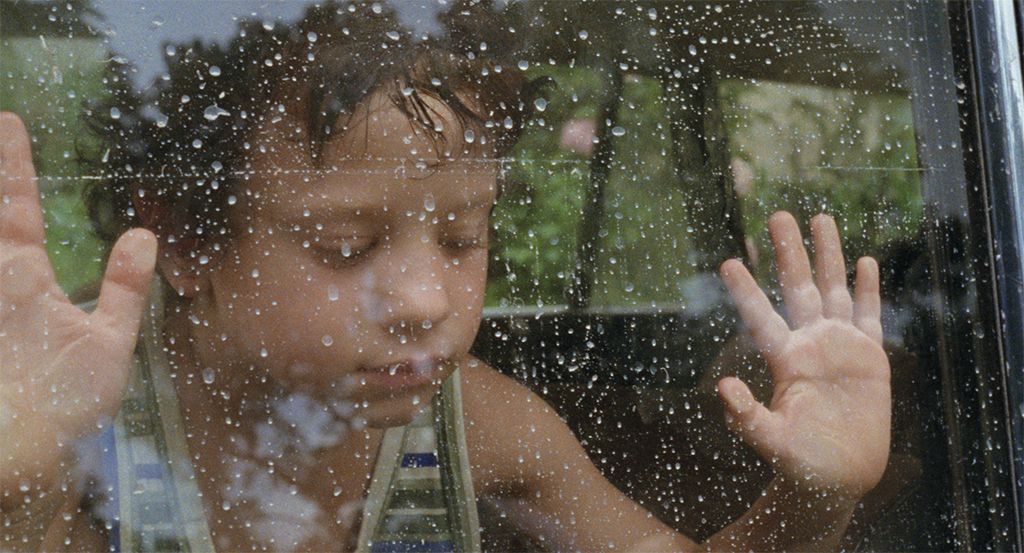
Much like Claire Denis, Lucrecia Martel recently became more well known for her film Zama, released in 2017, but her earlier work is stunning in its own right. La Cienaga may still be her finest film, a slow moving dark comedy that follows a group of people on holiday and tears apart class relations within Argentina (something Martel would focus on again in her next film, The Headless Woman, which is also fantastic) whilst making it all look ridiculously easy.
It feels much like a perfectly balanced and measured out film for practically the entire runtime, a film that glides along as opposed to being pulled, one that is so rhythmic with its cutting that it feels… alive, almost. Martel is a masterful filmmaker, and it seems that she invested in slow cinema as a movement just before it took off, giving the directors who would soon enter a piece of work to draw from for their own inspiration. It’s near perfect!